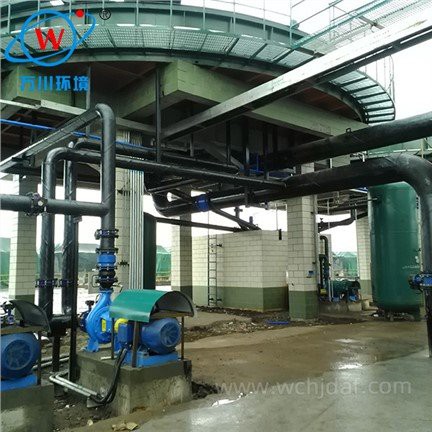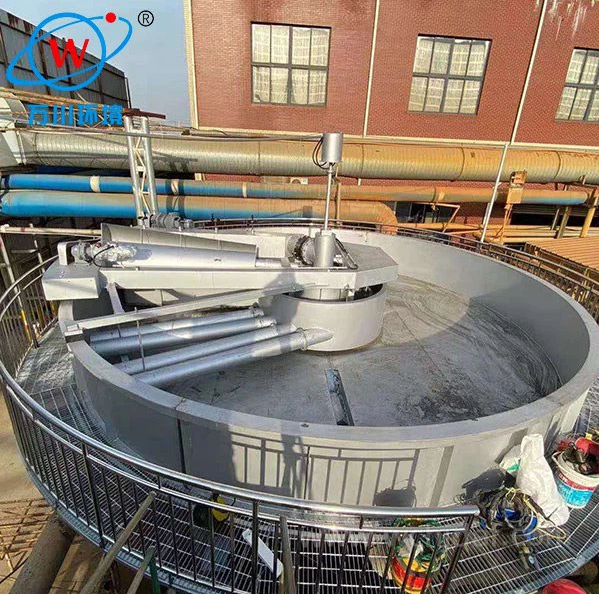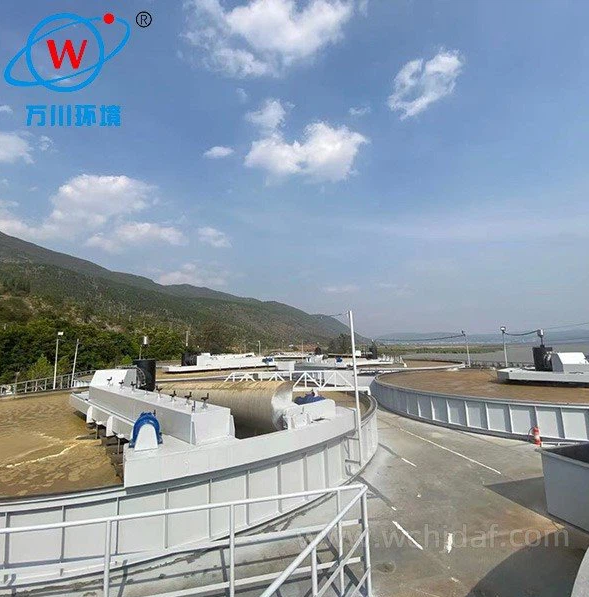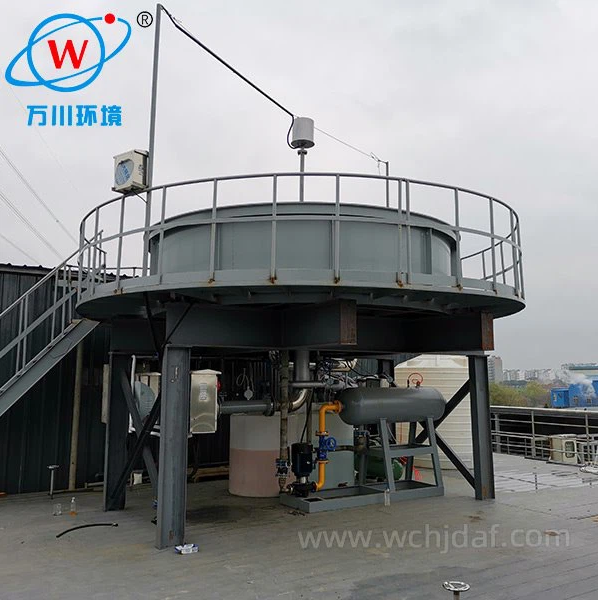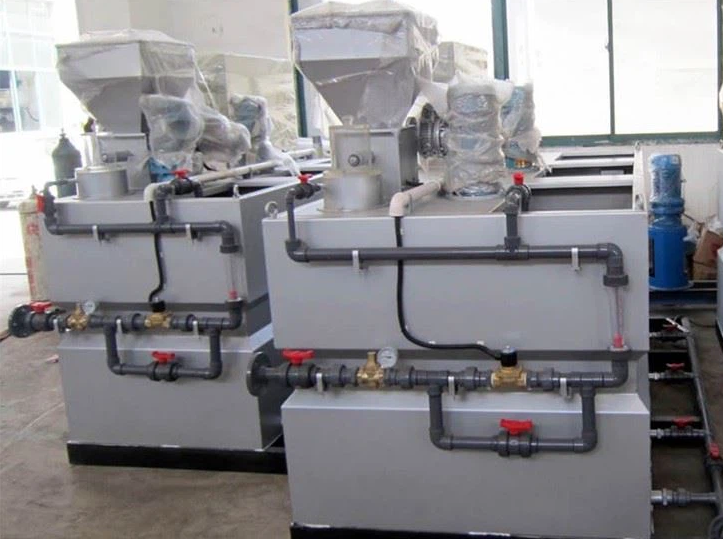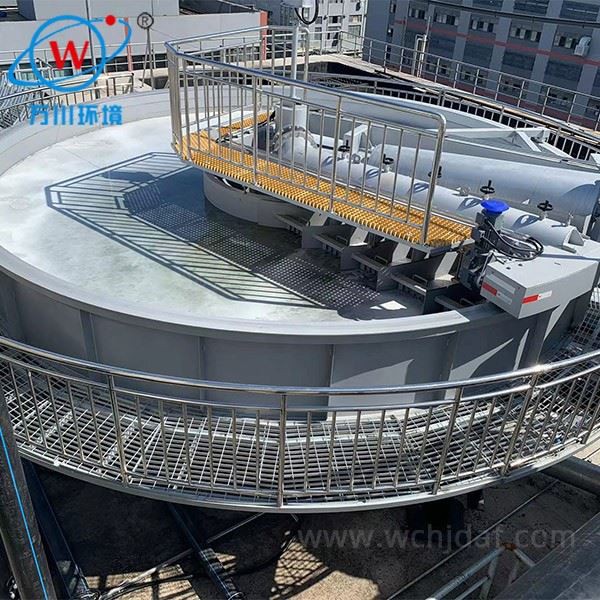Integrated Air Flotation in Wastewater Treatment
Efficient separation and removal of contaminants through microbubble technology
Integrated air flotation equipment is widely used in wastewater treatment for its ability to separate and remove various unwanted substances. This technology leverages the principle of attaching microbubbles to contaminants to make them buoyant and easy to skim off.
The contaminant removal scope covers several key categories, each addressed through its unique operational mechanism.
How It Works
Microbubbles are generated and attached to contaminants, increasing their buoyancy. The bubble-contaminant aggregates then rise to the surface where they form a scum layer that is easily removed.
Contaminant Removal Capabilities
Suspended Solids
- Fine sand, silt, and clay particles
- Fragmented organic matter from food processing
- Municipal wastewater solids
Removal Mechanism: Microbubbles adhere to the surface of suspended solids, increasing their buoyancy. The combined bubble-solid aggregates rise to form a scum layer that is scraped away.
Oily Contaminants
- Free-floating oil droplets
- Dispersed oil (small droplets suspended in water)
- Emulsified oil (stable mixtures of oil and water)
Removal Mechanism: For free and dispersed oil, microbubbles directly attach to oil droplets. For emulsified oil, mild chemical additives break the emulsion first, allowing released oil droplets to bind with bubbles.
Colloidal Substances
- Clay colloids
- Organic colloids (humic substances)
- Colloidal metal oxides
Removal Mechanism: Either neutralizing the colloids' charge through chemical aids to allow bubble attachment, or using bubbles with opposite charges to attract and trap the colloids.
Organic Contaminants
- Hydrophobic (water-repellent) organics
- Organics attached to suspended solids
- Agricultural runoff and food waste
Removal Mechanism: Removes organic fraction associated with solid particles or with low water solubility, helping lower chemical oxygen demand (COD) and biological oxygen demand (BOD).
Biological Contaminants
- Algae
- Bacteria
- Protozoa
Removal Mechanism: Microbubbles attach to biological particles that are attached to suspended solids or exist as small, non-settling organisms, lifting them to the scum layer for removal.
Summary
Integrated air flotation equipment is versatile in removing suspended solids, oily contaminants, colloids, selected organics, and certain biological pollutants—making it a key tool in diverse wastewater treatment scenarios, from industrial processes to municipal systems.

